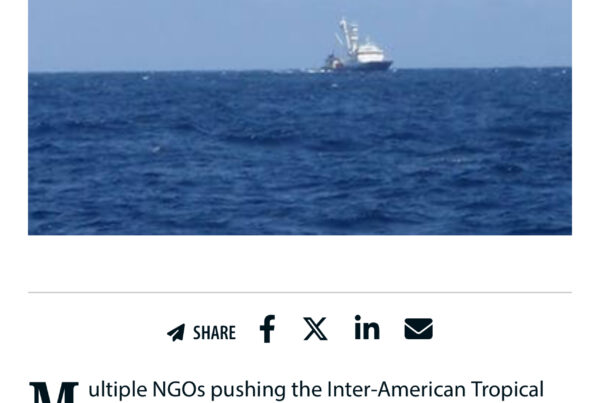The tuna, not much bigger than an average house cat at 20 pounds and shaped like a silvery football with fins, swim inland toward the Northern coast of Spain every July to feast on anchovies. From then until September, small bonito del norte (albacore) are fished by line and rod, carted ashore and sold at auction.
That’s where canneries such as Conservas Ortiz, established in 1891 and based in Ondarroa, Spain, buy their tuna each season. The fish are immediately brought to the company’s factories, trimmed and cooked in salted water according to a family recipe. Then they’re cleaned by hand and the loins are separated from the belly before the meat is tightly hand packed in cans and jars. Finally, as is tradition, the containers are filled to the lip with Spanish olive oil. Rich in flavor and tradition, tuna canned in this way is more than a budget protein – it’s the start of a satisfying meal.
“Canned fish is childhood for me,” says Pepe Moncayo, chef of Cranes in Washington, D.C., who grew up in Spain. “Every Saturday would start with my father popping open a can and passing us a fork.”
Though Americans eat plenty of canned tuna today, for decades we shunned the fish, according to “American Tuna” by Andrew F. Smith.
In the early 1900s, emigrants from Japan and Italy created some of the first early demand for tuna in the United States. Tuna started to take off after new fishing technology allowed sport fishermen to catch larger and larger fish, and processing technology drained excess fat from the fish, mellowing its flavor.
Early advertisements compared tuna to chicken long before canner Chicken of the Sea landed on grocer shelves. By the late 1980s, American tuna consumption had reached its peak.



